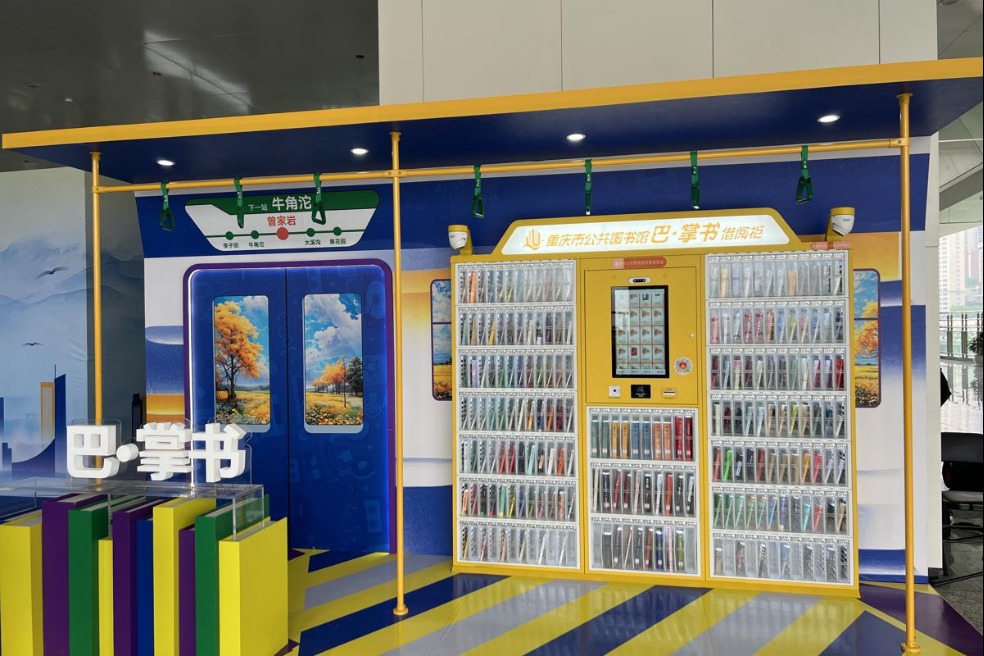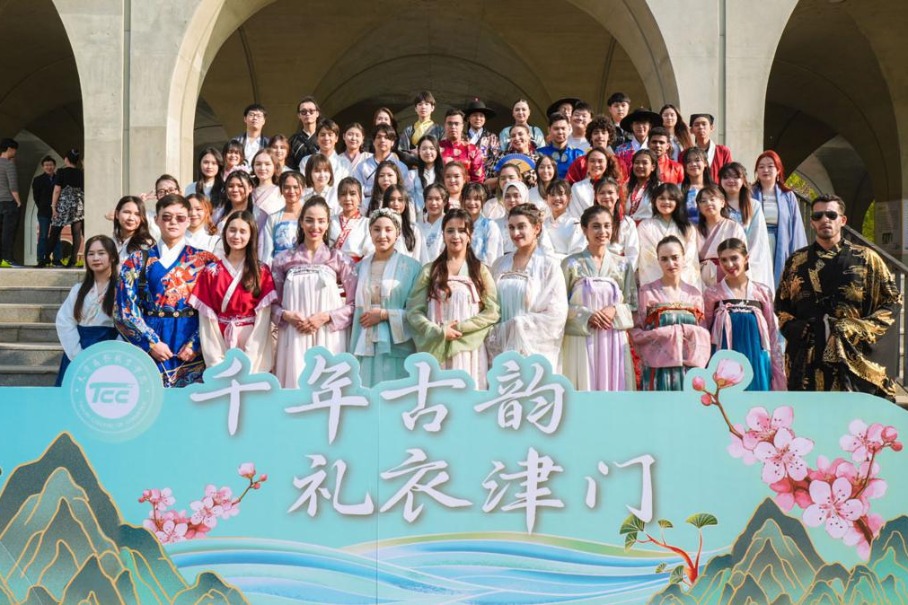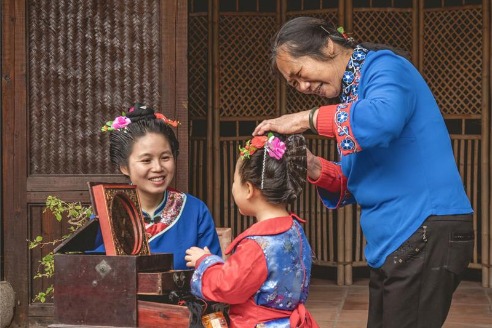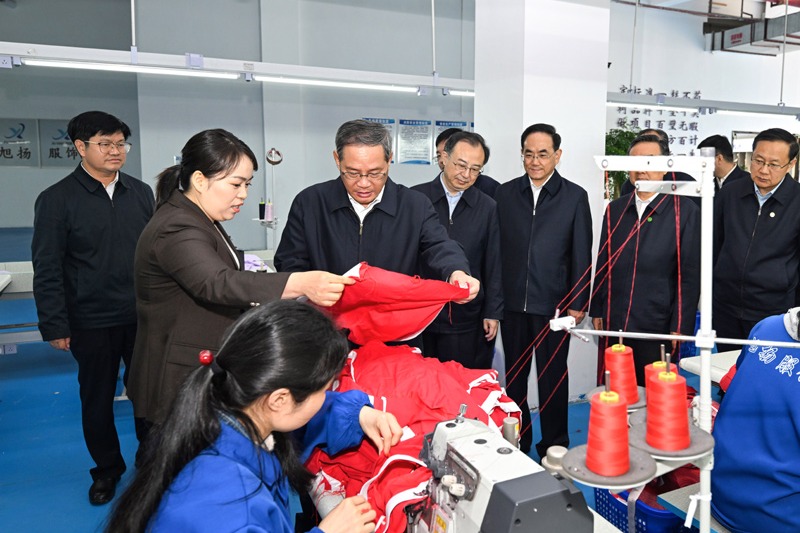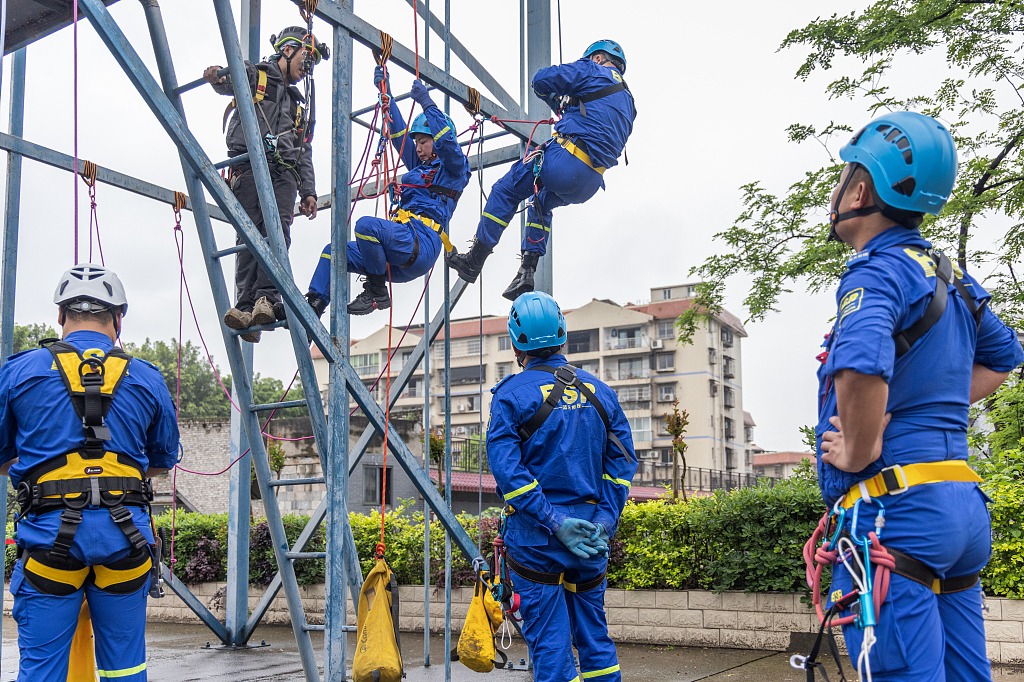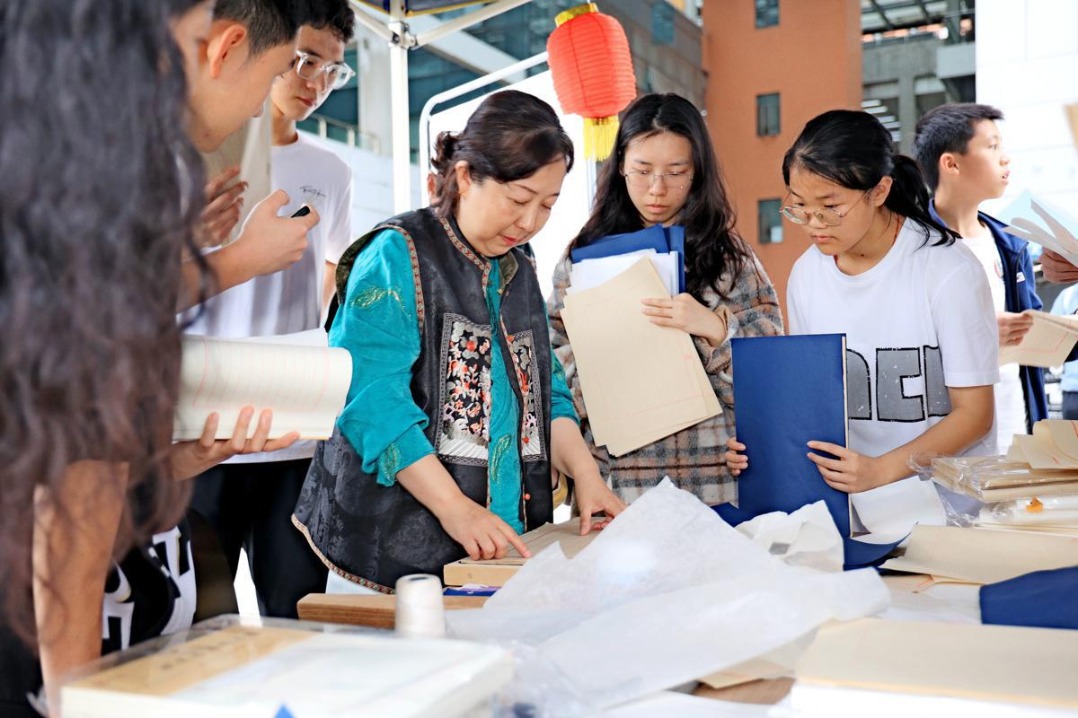Farmland in downtown Beijing proves its worth

An experimental field of the Chinese Academy of Agricultural Sciences that covers about 9 hectares in downtown Beijing has been dubbed the most expensive piece of farmland in China.
Located beside the North Third Ring Road near CAAS, about 8 kilometers from Tian'anmen Square, the golden wheat surrounded by concrete buildings creates a special scene.
The price of housing in the area is estimated at about 60,000 yuan ($9,300) a square meter. Single-story dwellings built on the farmland would be valued at about 5.4 billion yuan, with much higher valuations for multistory development.
So how does an experimental farm survive in downtown Beijing when developing a residential area or establishing a business district seems better use of the land?
Back in 1957, CAAS owned more than 266 hectares of farmland in Beijing, but it said the area kept shrinking as the downtown area expanded during the capital's development.
In the 1980s, only 26.7 hectares of experimental fields remained in downtown Beijing. The rice field was rented to communities for wholesale markets to support nearby residents' employment and daily life.
Meanwhile, many organizations wanted to use the land for nonagricultural purposes. Some wanted to expropriate half of the farmland to build boiler rooms in the early 1990s but the academy refused, online media outlet ThePaper.cn reported.
Academicians insisted the land should be kept-it was near the academy, and agronomists without experimental fields were like physicians without wards, they told the city planning department.
With fewer and fewer experimental fields, important scientific projects that could require more than 10 years of research, such as cultivating new varieties, could not be carried out without the rare farmland, they argued.
The municipal government finally accepted their suggestions and decided to keep the experimental field.
Since 2013, when the Institute of Crop Sciences at the academy was reshuffled, 340 new varieties of wheat, corn and rice have been bred in the field and later promoted around the country, increasing total yields by 7.5 million metric tons, according to the academy.
In addition, the farmland is the incubator of key cultivation technologies including those that increase the yield and efficiency of corn and wheat.
China's first plant-raising facility using LED lighting was built beside the field. Neatly arranged seedlings grow under blue and purple artificial lights on double rows of five-layer racks in the nursery.
The efficiency of raising seedlings per unit area can be more than 40 times that of conventional seedlings, and the cycle is shortened by more than 40 percent.
Zhao Guangcai, a researcher at the institute, said the wheat field is not regular farmland but an experimental field for agricultural science. "We can't evaluate it by normal land prices. It's a treasure and indispensable farmland for agricultural institutes," he said.
- Shenzhou XVIII successfully launched
- The Shenzhou XVIII spaceship successfully launched
- Xi calls on Chongqing to write its chapter in Chinese modernization
- Shandong produce seller begs for order cancellations after pricing error
- Zhejiang woman receives lenient sentence for rooftop poppy plantation
- Lucky mistake: Lottery player wins jackpot thanks to salesperson's error
















